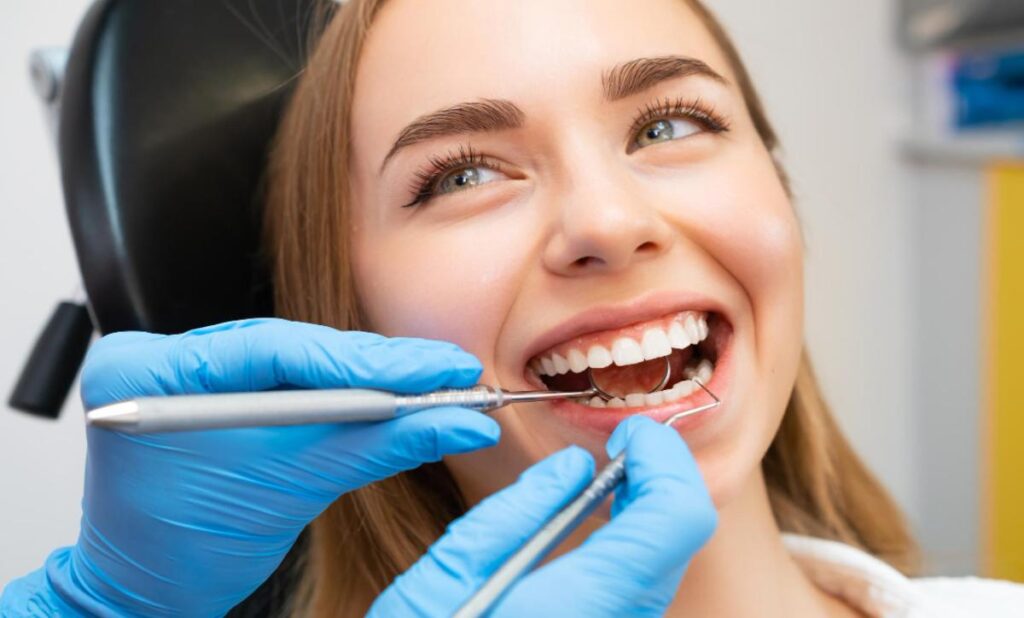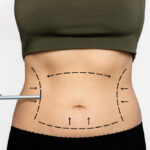Introduction to Digital Technology in Dental Care
Digital technology has revolutionized various fields, and dental care is no exception. From advanced 3D imaging to the convenience of teledentistry, these technological advancements have significantly enhanced the quality, efficiency, and accessibility of Dental Treatment. This comprehensive guide explores the impact of digital technology on dental care and what it means for patients and practitioners alike.

The Evolution of 3D Imaging in Dentistry
3D imaging has become a cornerstone of modern dental diagnostics and treatment planning. This technology allows for detailed, three-dimensional views of a patient’s oral structures, enabling precise diagnosis and effective Dental Treatment planning. From dental implants to orthodontics, 3D imaging enhances accuracy and outcomes, ensuring better patient care.
The Role of Digital X-Rays
Digital X-rays offer numerous advantages over traditional film X-rays. They produce clearer images, reduce radiation exposure, and provide immediate results, allowing dentists to diagnose and treat issues more efficiently. This advancement is crucial in modern Dental Treatment, facilitating faster and more accurate diagnoses.
Intraoral Scanners and Their Benefits
Intraoral scanners have transformed the way dentists capture detailed images of the teeth and gums. These devices provide quick and accurate digital impressions, eliminating the need for messy traditional molds. This technology enhances the comfort and accuracy of Dental Treatment, improving patient experiences and treatment outcomes.
CAD/CAM Technology in Dental Restorations
Computer-Aided Design and Computer-Aided Manufacturing (CAD/CAM) technology allows for the creation of precise dental restorations, such as crowns, bridges, and veneers. This technology streamlines the process, reducing the time patients spend in the chair and ensuring a perfect fit for restorations. CAD/CAM is a game-changer in Dental Treatment for restorative procedures.
The Rise of Teledentistry
Teledentistry has emerged as a convenient solution for remote consultations and follow-up care. It allows patients to connect with their dentists via video calls, making dental care more accessible, especially for those in rural or underserved areas. Teledentistry plays a significant role in modern Dental Treatment, offering flexibility and accessibility to patients.
Laser Dentistry: Precision and Comfort
Laser dentistry utilizes advanced laser technology to perform various dental procedures with greater precision and less discomfort. This technology is used for soft tissue surgeries, cavity treatments, and even teeth whitening. The use of lasers in Dental Treatment minimizes pain and speeds up recovery times, enhancing the overall patient experience.
Artificial Intelligence in Dental Care
Artificial Intelligence (AI) is making strides in dental care, offering tools for better diagnosis and treatment planning. AI algorithms can analyze dental images and data to identify issues early and suggest personalized Dental Treatment plans. This technology enhances the accuracy and efficiency of dental care, leading to improved patient outcomes.

3D Printing in Dentistry
3D printing technology has brought significant advancements to dental care, allowing for the on-site production of dental prosthetics and appliances. This technology reduces the time required to create crowns, bridges, and dentures, ensuring a faster and more efficient Dental Treatment process. Custom dental devices can be made with high precision, improving fit and functionality.
Conclusion
The integration of digital technology in dental care has transformed the field, providing more accurate, efficient, and accessible Dental Treatment. From 3D imaging and digital X-rays to teledentistry and AI, these advancements are enhancing patient care and outcomes. As technology continues to evolve, it will further revolutionize dental care, making it more patient-centric and effective.
FAQ
- What is 3D imaging in dentistry? 3D imaging provides detailed, three-dimensional views of oral structures, enhancing the accuracy of Dental Treatment planning and outcomes.
- How do digital X-rays differ from traditional X-rays? Digital X-rays offer clearer images, reduced radiation exposure, and immediate results, improving diagnostic accuracy in Dental Treatment.
- What are the benefits of intraoral scanners? Intraoral scanners provide quick and accurate digital impressions, enhancing patient comfort and the precision of Dental Treatment.
- How does CAD/CAM technology improve dental restorations? CAD/CAM technology allows for the precise design and manufacturing of dental restorations, reducing treatment time and ensuring a perfect fit.
- What is teledentistry? Teledentistry involves remote dental consultations and follow-ups via video calls, increasing accessibility to Dental Treatment.
- How is laser dentistry used? Laser dentistry uses advanced lasers for various procedures, offering precision and reduced discomfort in Dental Treatment.
- How does AI impact dental care? AI enhances dental care by analyzing images and data to provide early diagnoses and personalized Dental Treatment plans.
- What role does 3D printing play in dentistry? 3D printing allows for the on-site production of custom dental prosthetics, improving the efficiency and precision of Dental Treatment.
- Why is digital technology important in dental care? Digital technology improves the accuracy, efficiency, and accessibility of Dental Treatment, leading to better patient outcomes.
- What future advancements can we expect in digital dental technology? Future advancements may include more sophisticated AI tools, further integration of teledentistry, and enhanced 3D printing capabilities in Dental Treatment.












